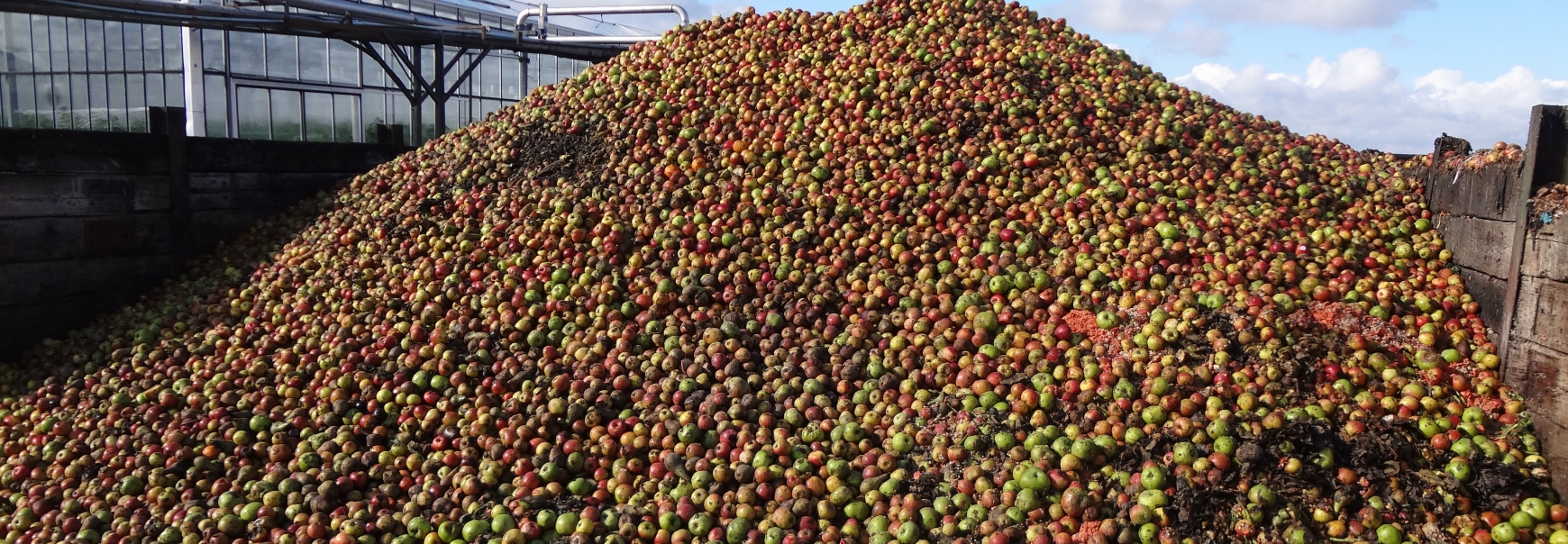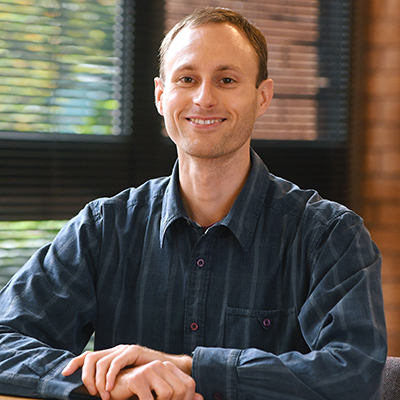I recently went to ‘edie Live’, a two-day show dedicated to energy, sustainability and resource efficiency. The focus this year was on ‘achieving a sustainable future’ and the programme featured a range of exhibitors and seminars. Industry representatives spoke about innovation, collaboration, and the current hot topic of the ‘circular economy’. While agriculture and horticulture was not a primary focus, many of the principles and ideas are still relevant. Several speakers acknowledged the need to challenge current attitudes towards waste, viewing it as a resource with a value instead of an unwelcome by-product. To a farmer or grower, this could mean using plant waste as a feedstock in an anaerobic digester; the biogas produced can then be used for heating and the CO2 for enrichment.
There was also a lot of talk about packaging, specifically single-use plastics. Apparently, some 400m tonnes of plastic are produced annually, with only a small fraction actually being recycled. The remainder is either incinerated or sent to landfill, from where it can end up in the waterways, gradually being broken down into ever smaller pieces. There are alternatives to petroleum-based plastics, such as plant-based, biodegradable materials. For example, Waitrose carried out trials with tomato punnets made from dried tomato leaf and recycled cardboard pulp.
Clearly, the technical capability exists, as does the public desire, so why are such materials not being universally adopted? Presumably, it has something to do with cost, although I don’t know the relative numbers. Perhaps more organisations should consider values-driven marketing, using their green credentials as a selling point. Taking a more holistic approach to the financial viability of a product could also help, i.e ‘greener’ materials may increase costs in some areas, but decrease them in others.
The key take-home message of the event was that there will always be waste, but we should try to design out the idea of ‘waste’, viewing it instead as ‘food for the system’.


